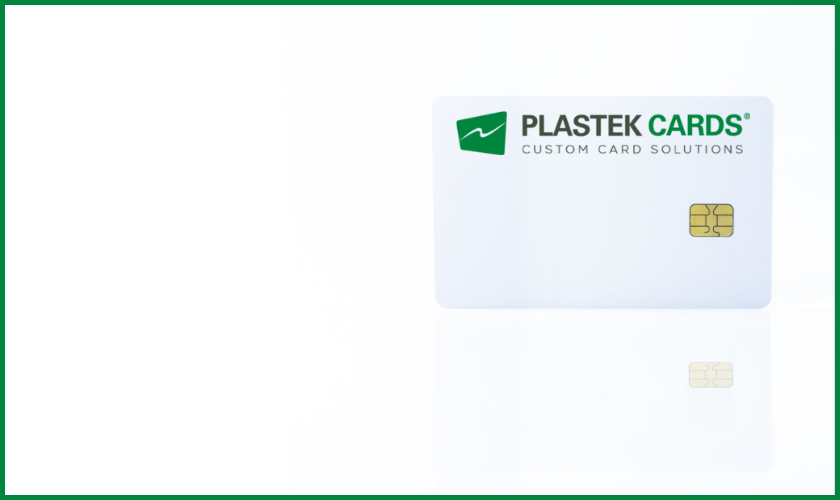Unlocking the Power of RFID Smart Cards: How They Work and Why They Matter

RFID (Radio Frequency Identification) Smart Cards are revolutionizing the way we manage access control, payments, and identification. These cards are embedded with a chip and an antenna that enable wireless communication with an RFID reader. When the card comes within the reader’s range, the reader sends a radio signal that powers the chip, triggering it to transmit data back. This seamless, contactless process provides a high level of security and convenience.
Key Benefits of RFID Smart Cards
- Enhanced Security: RFID smart cards can store encrypted data, which adds a layer of security compared to traditional magnetic stripe cards. They can be used for secure access control in buildings, transportation systems, and more.
- Convenience and Speed: With RFID technology, transactions or access operations are quick and easy. Users can simply tap their card against a reader to complete transactions or enter secure areas. This eliminates the need for physical contact or manual data entry.
- Versatility in Applications: RFID smart cards are used across various industries. They are ideal for payment systems, employee identification, public transportation, hotel room access, event management, and much more.
- Improved Data Management: These cards enable efficient data collection and management, providing businesses with valuable insights. For example, businesses can track employee attendance or customer loyalty with minimal effort.
How RFID Smart Cards Work
When an RFID smart card is brought near a compatible reader, the reader emits a radio frequency signal that powers the card’s embedded chip through the antenna. The chip then sends data back to the reader. This contactless communication makes RFID smart cards particularly suited for applications requiring quick and secure identification or data transfer.
Real-World Applications of RFID Smart Cards
- Access Control: In corporate offices, smart cards restrict access to sensitive areas by storing the cardholder’s credentials and providing access only to authorized personnel.
- Public Transportation: Passengers can quickly tap their cards to enter buses or subway systems, reducing wait times and streamlining fare collection.
- Cashless Payments: Smart cards are used for contactless payments, allowing for quick purchases in stores, restaurants, and even vending machines.
- Identification and Attendance: RFID cards are used to track employee attendance, manage memberships in gyms, and provide secure identification for various events.
Future Trends
RFID technology continues to evolve with advancements in chip technology, data encryption, and integration capabilities. The future holds even more sophisticated applications for RFID smart cards, particularly in sectors like healthcare, logistics, and retail.
RFID Smart Cards offer a robust and flexible solution for managing security, streamlining operations, and enhancing user experience. As technology advances, their role in both everyday life and specialized industries will only continue to grow.


